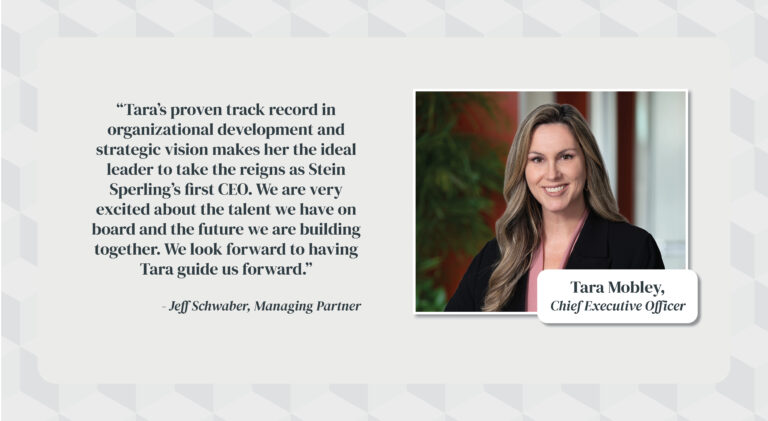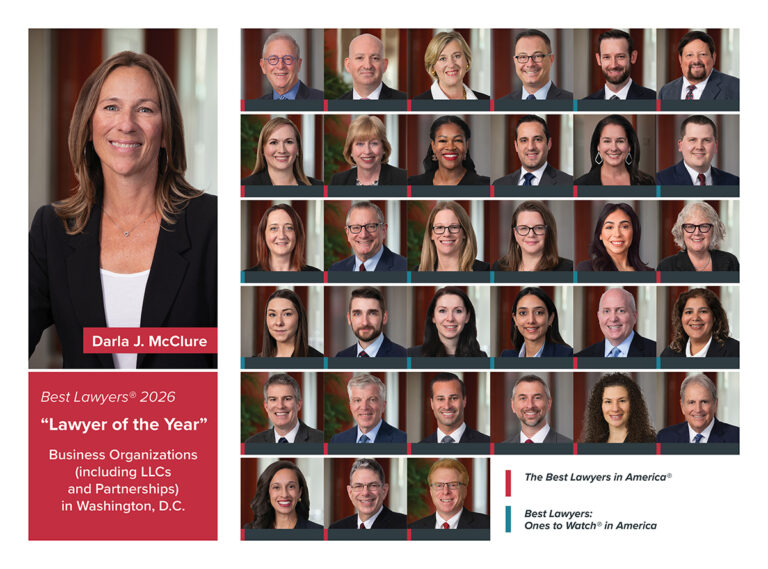October 20th, 2020
I’ve been named a Trustee, Help!
Posted in: Estates, Trusts & Probate Featured
Author: David B. Torchinsky

In our current state of uncertainty, we often find ourselves checking the daily headlines or turning on the news only to ask what now? 2020 has provided a lifetime of events and storylines that cannot and will not be replicated. Featured among them are worldwide pandemic, nationwide civil unrest, fires in the West and record-breaking tropical storms in the East. But now, you find yourself a nominated Trustee of a loved one’s Revocable/Irrevocable Trust. Given the current state of affairs, your mind immediately focuses on the risk, uncertainty and anxiety you perceive awaits you as a fiduciary during these times. However, by being proactive and not reactive, you can identify and address the challenges that await, seek the professional guidance you need, and meet the task head on. This article provides an inexhaustive checklist to identify and address the red flags present as you consider your new fiduciary role!
Trust – What Trust? – Read the Document
The idea of reading the document is elementary, yes, but the importance is immeasurable. Until you read the document, there is no baseline for, among other things, the parties involved, the scope of your appointment, and the intent of the Grantor/Settlor for the management and disposition of his/her property. Many times, the document itself provides the instruction manual with only unaddressed gaps being filled in by the law of the relevant jurisdiction. Thus before agreeing to move forward, obtain and review a copy of the governing trust instrument and any amendments thereto.
Cast of Characters
After reviewing the governing trust document, it is imperative that you compile data on the relevant individuals, charities, and corporate entities involved. Depending on your level of knowledge of the Grantor/Settlor, his/her circumstances, and the intentions of the Trust, these interested parties may prove to be your best resource for information (or a difficult source of controversy). Furthermore, this also provides an initial list of recipients for notices, accountings, and other relevant filings. Failure to include one or more of the interested parties may result in certain liability to the Trustee. In addition, by having a sense of the interested persons, you can readily identify any conflicts or controversy that may exist and cause you pause or ultimately have you decline the Trustee role.
Pause
It is important to understand if the first two action items leave you uneasy, you identify a conflict, or the task appears significantly out of your comfort zone, a reasonable decision may be to seek professional guidance and/or decline to take on the fiduciary role. Identify the concerns early on.
Knowledge is Power – Do your Due Diligence
At this point you have read and presumably have a basic understanding of the governing trust instrument. Based on the foundational work you have done, this is a good point to engage professional guidance. If feasible, gather materials the Grantor/Settlor preserved with the Trust. In particular, you will want to look for an asset/estate organizer or some mechanism by which the Grantor/Settlor stored that information. Individuals like accountants, financial advisors, attorneys, insurance agents, etc. are key individuals that may be able to provide guidance and information concerning assets of the trust. Detail and organization are important factors at this stage. Alternatively, impulsive or rushed actions can land you in difficult situations or facing criticism from certain interested parties.
As you compile this information, begin reaching out by verbal or written communication depending on the individual, corporate entity, or relationship. Consider requesting information regarding financial assets and real property, business interests and governance, purpose of the trust, family dynamics, and other relevant topics that present themselves as you continue your review. This background will help guide and prioritize actions needed for the trust administration and further frame the scope of your fiduciary duties as you go through this process.
Develop an understanding of the timeline. What has the prior Trustee done or omitted? Have actions been consistent with the trust? Are the tax filings current? Identify certain open questions that may or may not have been addressed by the prior Trustee. If there is one, do not make the former Trustee’s problems your problems.
Acceptance and Notice
Assuming you are comfortable with the role as Trustee based on the information you have gathered, you must determine the proper mechanism to accept your appointment. Typically, the Trust document will provide guidance. For example, does a formal writing need to occur documenting acceptance? In addition, identify the jurisdiction governing the administration. Confirm the necessary statutory requirements many jurisdictions have that mandate certain notices to be provided to interested parties or “qualified beneficiaries.” Start positively by adhering to these rules.
Past, Present, and Future Deadlines
Not all fiduciary transitions are planned. Some happen suddenly with a death or disability. Thus, not all trustees have been informed and prepared to address the immediate needs under the Trust. These issues underscore the importance for the Trust and for protection from liability of the Trustee, to timely identify pending deadlines, past deadlines that may have been missed, and future deadlines. For example, common pitfalls involve tax deadlines. Often if there is illness, incapacity or death, individuals could miss these deadlines. If you find yourself with one of these issues make sure to address it, and work to resolve it timely and efficiently. Similarly, by identifying present and future deadlines, you can budget your time accordingly, again remaining proactive and avoiding cause for conflict from the interested persons.
Conclusion
2020 much like Trust administration is full of uncertainty, trepidation, and anxiety. At least with trust administration, there appear to be answers and explanations. The intention here is to provide guidance on the initial steps and pitfalls when being named a Trustee and beginning the trust administration. Know that you are not alone in this process. There are professionals ready, willing, and able to assist. Sometimes the best conclusion is to understand your limitations and seek help. At Stein Sperling, we are equipped with the knowledge and experience to assist clients to make well informed decisions regarding their futures, including the development of a comprehensive estate plan. If we can be of any assistance to assist with your estate planning goals, please contact one of the attorneys in our estate planning department at 301-340-2020.







